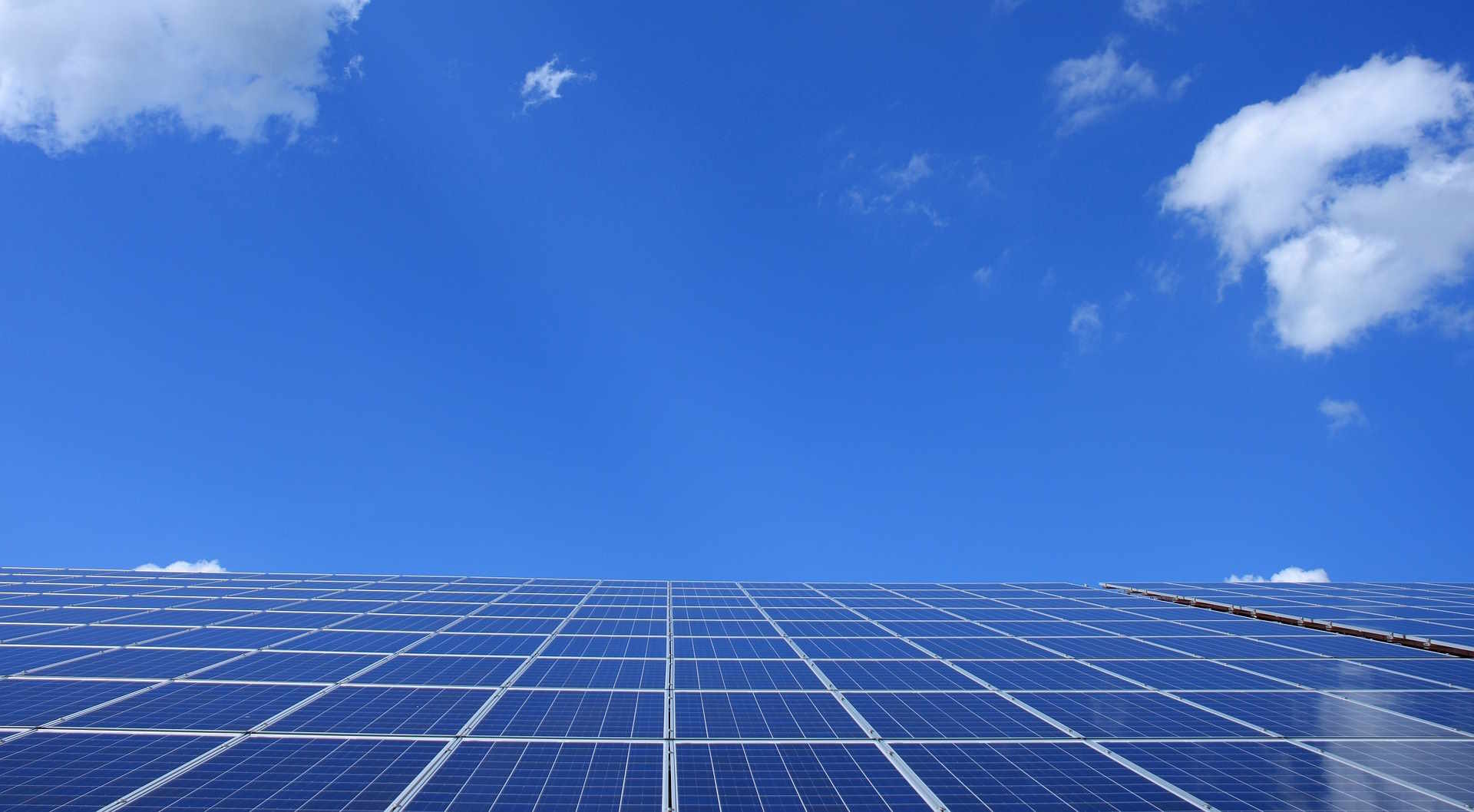Residential Solar Panel Installation: Steps and Requirements
Solar panel installation allows homeowners and businesses to generate renewable energy directly from their property. This article explains the installation process, including site evaluation, permits, mounting, and maintenance, to help you understand what to expect when transitioning to solar power.

What Are the Initial Steps for Solar Panel Installation?
Before beginning a solar panel installation, homeowners must conduct a comprehensive site assessment. This crucial first step involves evaluating the property’s roof condition, sun exposure, and structural integrity. Professional solar installers typically perform a detailed analysis using specialized equipment to determine the optimal panel placement and potential energy generation.
The assessment includes measuring roof angle, checking for potential shading from trees or nearby structures, and evaluating the electrical system’s compatibility with solar technology. Homeowners should gather recent electricity bills to help calculate potential energy needs and system size requirements.
What Permits and Requirements Must Be Addressed?
Local governments and utility companies have specific requirements for residential solar installations. Typically, homeowners must obtain multiple permits, including:
-
Electrical permits
-
Building permits
-
Zoning approval
-
Utility interconnection agreements
Each municipality has unique regulations, so working with a local solar installation professional who understands regional requirements is crucial. Some areas may have additional restrictions on panel placement, height, or aesthetic considerations.
What Technical Components Are Involved in Solar Panel Installation?
The installation process involves several key technical components:
-
Solar panels
-
Inverter system
-
Mounting hardware
-
Electrical wiring
-
Monitoring equipment
Professional installers will design a custom system based on the home’s energy consumption, roof characteristics, and local climate conditions. The installation typically takes one to three days, depending on the system’s complexity and home’s specific requirements.
How Do Maintenance and Performance Considerations Impact Solar Systems?
Solar panel systems require minimal maintenance but benefit from regular monitoring and occasional cleaning. Most high-quality panels come with 25-30 year warranties and can maintain approximately 85-90% of their original efficiency throughout that period.
Performance considerations include:
-
Annual professional inspection
-
Cleaning panels to remove dust and debris
-
Monitoring energy production through provided tracking systems
-
Checking electrical connections and inverter functionality
| Provider | Installation Services | Estimated Cost Range |
|---|---|---|
| SunPower | Full-service installation | $15,000 - $25,000 |
| Tesla Solar | Comprehensive package | $12,000 - $22,000 |
| Sunrun | Flexible installation options | $13,000 - $20,000 |
Prices, rates, or cost estimates mentioned in this article are based on the latest available information but may change over time. Independent research is advised before making financial decisions.
Understanding the Final Installation and Connection Process
The final stage involves system activation and utility connection. After installation, a local inspector must approve the system, and the utility company will install a bi-directional meter to track energy production and consumption.
Homeowners should anticipate a connection process that may take several weeks, depending on local utility procedures. Once connected, the solar system begins generating clean, renewable energy for the home.
Solar panel installation represents a significant investment in sustainable home energy. By understanding the steps, requirements, and considerations, homeowners can make informed decisions about transitioning to solar power.




